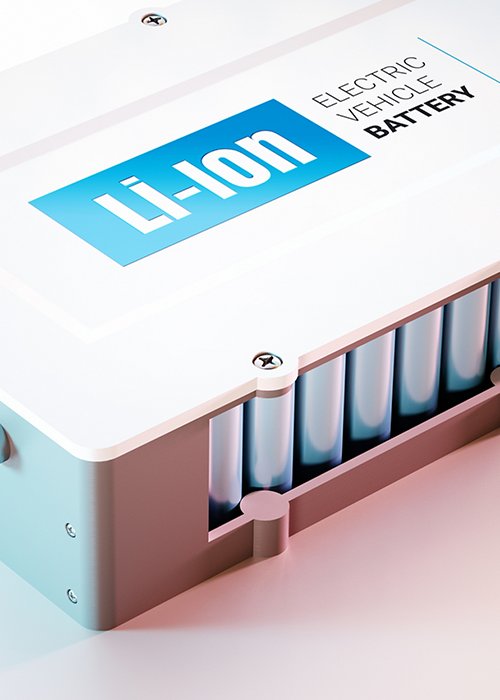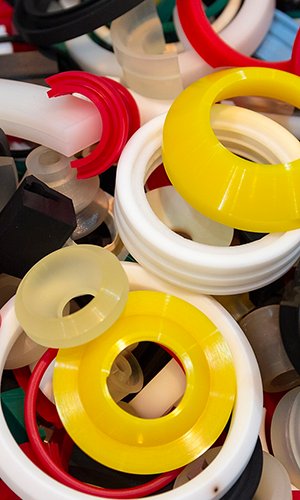The aim of engineers at the University of Glasgow in Scotland was to create more sustainable and efficient power storage systems. This is the idea behind a new 3D-printed recyclable battery whose raw materials derive from vegetable starch. In order to create an efficient recyclable battery, the research team completely revised the architecture of the cathode, i.e. the positive terminal. The initial idea was to riddle the surface and interior of the electrode with tiny pores to increase the surface area. To do so, they used an additive manufacturing technique, carefully controlling the size and positioning of each individual pore. They loaded their 3D printer with a new material combining polylactic acid processed from vegetable starch, lithium iron phosphate and carbon nanotubes. In this way they obtained circular cathodes with three different thicknesses: 100, 200 and 300 microns. Each electrode was tested with different combinations of materials, varying the amount of carbon nanotubes in the mixture and the porosity. The battery with a 300 micron electrode and 70% porosity provided the best results during testing, with a specific capacity of 151 mAh per gram, the standard measure of how much charge a battery can hold. This is about two to three times the performance of a conventional lithium-ion battery with a solid electrode of the same thickness. This has created a battery with a high specific and areal capacity with excellent recyclability. The research was published in the Journal of Power Sources.




